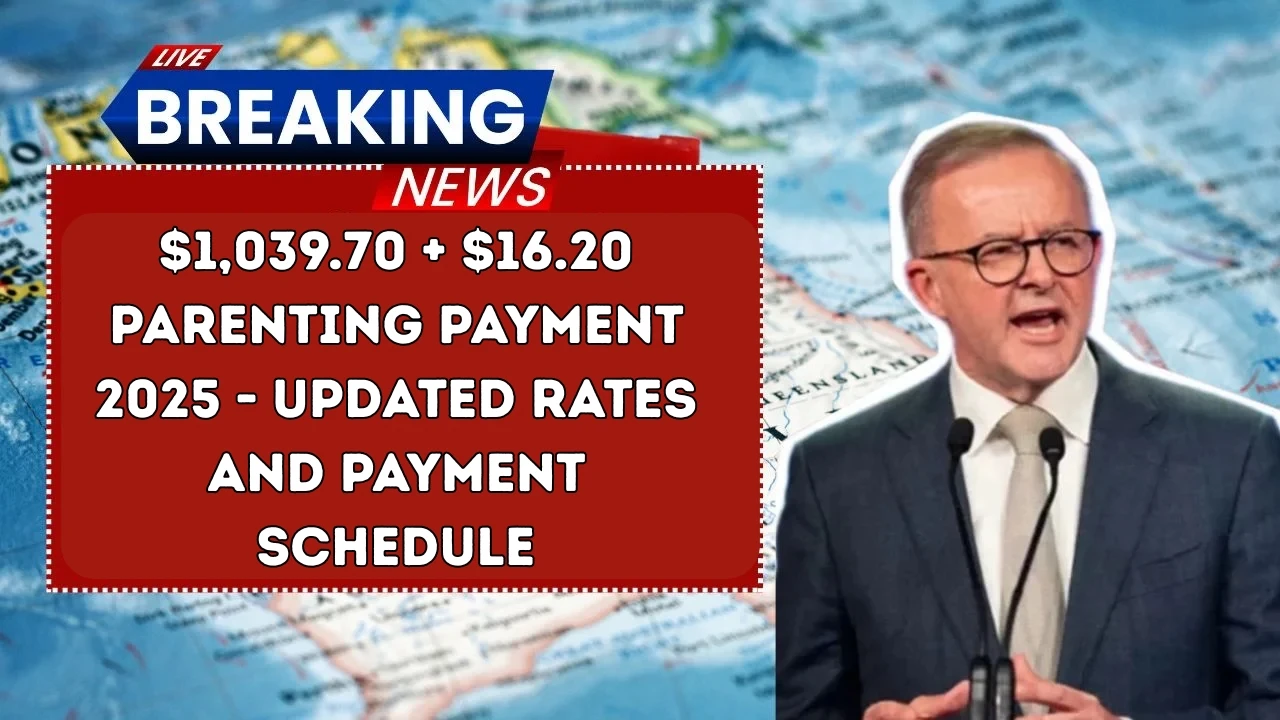If you’re raising kids on your own or caring for young children at home, the Parenting Payment can provide essential financial support. Here’s everything Australian parents need to know about the 2025 rates and when you’ll receive your payments.
What Is Parenting Payment?
Parenting Payment is a Centrelink income support payment designed to help parents and guardians with the cost of raising children. There are two types: Parenting Payment Single (PPS) for single parents, and Parenting Payment Partnered (PPP) for couples.
2025 Parenting Payment Rates
The maximum fortnightly rates for Parenting Payment in 2025 are:
| Payment Type | Maximum Fortnightly Rate |
|---|---|
| Parenting Payment Single | $1,039.70 |
| Parenting Payment Partnered | $943.40 (combined) |
These rates apply to eligible parents who meet the income and assets tests. Your actual payment may be lower depending on your individual circumstances, including any income you or your partner earn.
Who’s Eligible?
To qualify for Parenting Payment, you must:
- Have a dependent child in your care
- Be a single parent with a child under 14 years old (for PPS)
- Be partnered with a youngest child under 6 years old (for PPP)
- Meet Australian residency requirements
- Pass the income and assets tests
Payment Schedule
Parenting Payments are typically deposited into your nominated bank account every fortnight. Your specific payment date depends on when you first lodged your claim with Services Australia. Most payments are processed on weekdays, and if your payment day falls on a weekend or public holiday, you’ll receive it on the previous business day.
Additional Support Available
Beyond the base payment, eligible parents may also receive:
Family Tax Benefit: Extra financial help based on your family’s income and number of children.
Rent Assistance: If you’re paying rent privately, you could receive up to $235.40 per fortnight (for singles with children).
Pharmaceutical Allowance: A small allowance to help with prescription medication costs.
Energy Supplement: Additional quarterly support for energy bills.
What Changes in 2025?
The indexation that occurred in March 2025 saw a modest increase in payment rates to keep pace with the cost of living. The eligibility criteria remain largely unchanged, though parents should always check the Services Australia website for the most current information.
How to Apply
New applicants can start their claim online through myGov, linked to Centrelink. You’ll need to provide identity documents, proof of your child’s birth or adoption, and details about your income and assets. The application process typically takes 4-6 weeks, so apply as soon as you think you’re eligible.
Keep Your Details Updated
It’s crucial to report any changes in your circumstances to Centrelink within 14 days, including changes to your income, relationship status, living arrangements, or if you start working more hours. Failing to do so could result in an overpayment debt that you’ll need to repay.
Frequently Asked Questions
Q: Can I work while receiving Parenting Payment?
Yes, you can work and still receive Parenting Payment, but your payment will reduce once you earn over a certain threshold. For PPS, you can earn up to $226.60 per fortnight before your payment is affected. For PPP, the combined couple income limit is lower.
Q: Will my Parenting Payment automatically change to JobSeeker?
Yes, once your youngest child reaches the age limit (14 for singles, 6 for partnered), your payment will automatically transition to JobSeeker Payment, which comes with mutual obligations like job search requirements.
Q: How does the income test work?
The income test reduces your payment by 40 cents for every dollar you earn above the income-free area. For Parenting Payment Single, you can earn approximately $226.60 per fortnight before any reduction applies.
Q: Can I receive Parenting Payment and Child Support?
Yes, you can receive both. However, child support you receive is counted as income and may reduce your Parenting Payment amount. The first $126.15 per fortnight of child support is exempt from the income test.
Q: What happens if I’m studying or doing training?
You can study while receiving Parenting Payment without it affecting your eligibility. There are no mutual obligations like job search requirements attached to this payment, allowing you to focus on caring for your children or upskilling.



